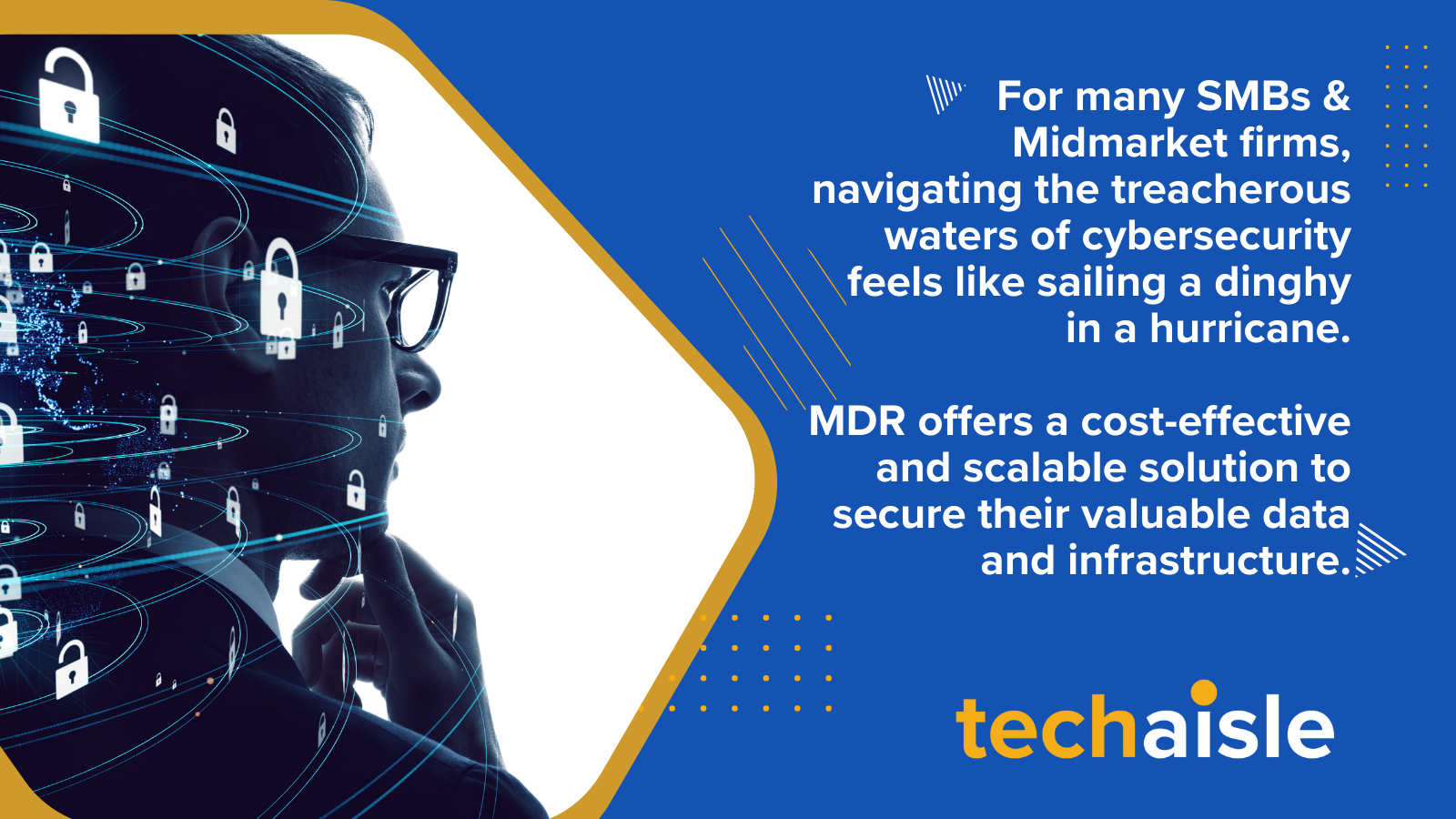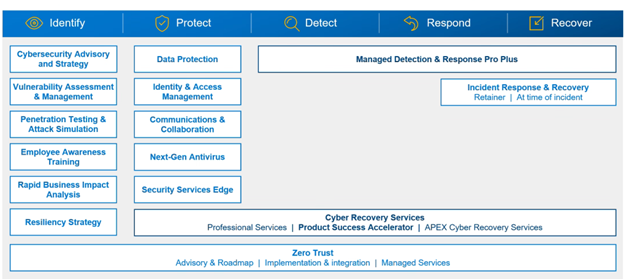SMBs are the backbone of any economy and are crucial in driving innovation and creating jobs. Yet, when it comes to cybersecurity, they often lag behind larger enterprises, lacking the resources and expertise to defend against sophisticated cyberattacks. This is where Managed Detection and Response (MDR) emerges, offering SMBs a cost-effective and scalable solution to secure their valuable data and infrastructure.
The cybersecurity landscape is littered with threats, and small and medium-sized businesses (SMBs) are often the most vulnerable targets. According to Techaisle's research, not many SMBs are aware of Managed Detection and Response (MDR) services, a powerful tool designed to safeguard against cyberattacks. This begs the question: are SMBs missing out on a critical line of defense in today's ever-evolving digital landscape?
Awareness drives adoption
Techaisle’s SMB and Midmarket research data shows that small businesses are at a much earlier stage of their journey to MDR than their midmarket peers. Just 17% of companies with 1-99 employees report being aware of MDR, compared with 61% of core midmarket firms and 76% of upper midmarket organizations. Looking only at companies that are aware of MDR, current adoption rates mirror this pattern: 5% of small businesses that are aware of MDR are currently using these services versus 45% of core midmarket and 58% of upper midmarket organizations and virtually all companies that are aware of but not using MDR are either currently considering MDR or planning to evaluate these services within the next 12-18 months. These statistics indicate tremendous potential in each SMB segment: vendors must boost awareness of MDR’s benefits while executing an effective conversion strategy. This is especially true in small businesses – which should be an excellent fit segment for a managed service.
Selling sophisticated products to SMB customers is a significant challenge for IT vendors. This problem is especially acute with cybersecurity. Most SMB and Midmarket customer environments need defenses against many different types of threats, attackers, and threat vectors. Most SMBs lack the internal resources to understand what is required to protect against vulnerabilities and how different “shields” can be connected without leaving (or even creating) exploitable gaps in defense posture. Even the channel partners struggle to keep pace with simultaneous growth in threats and threat actors, vulnerabilities tied to in-use technologies or common business practices, and the ever-changing security vendor community.
















